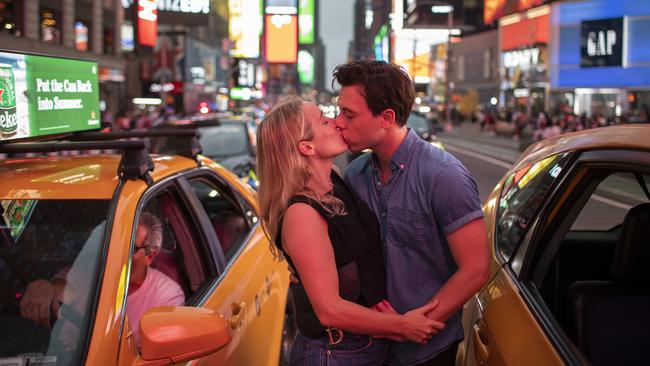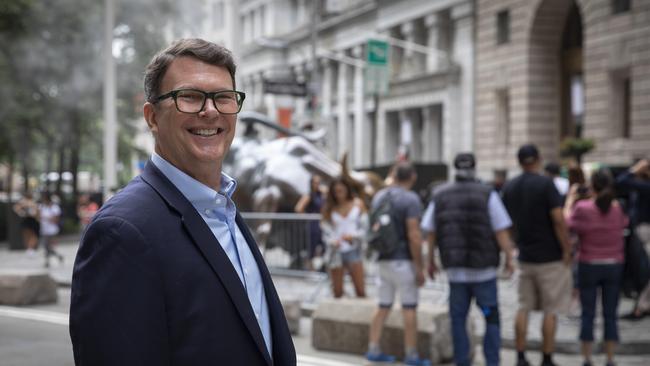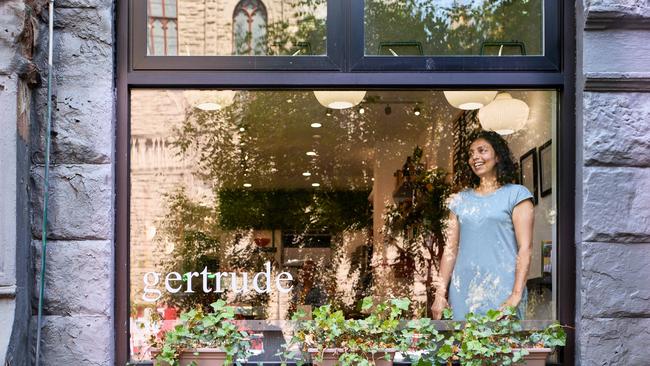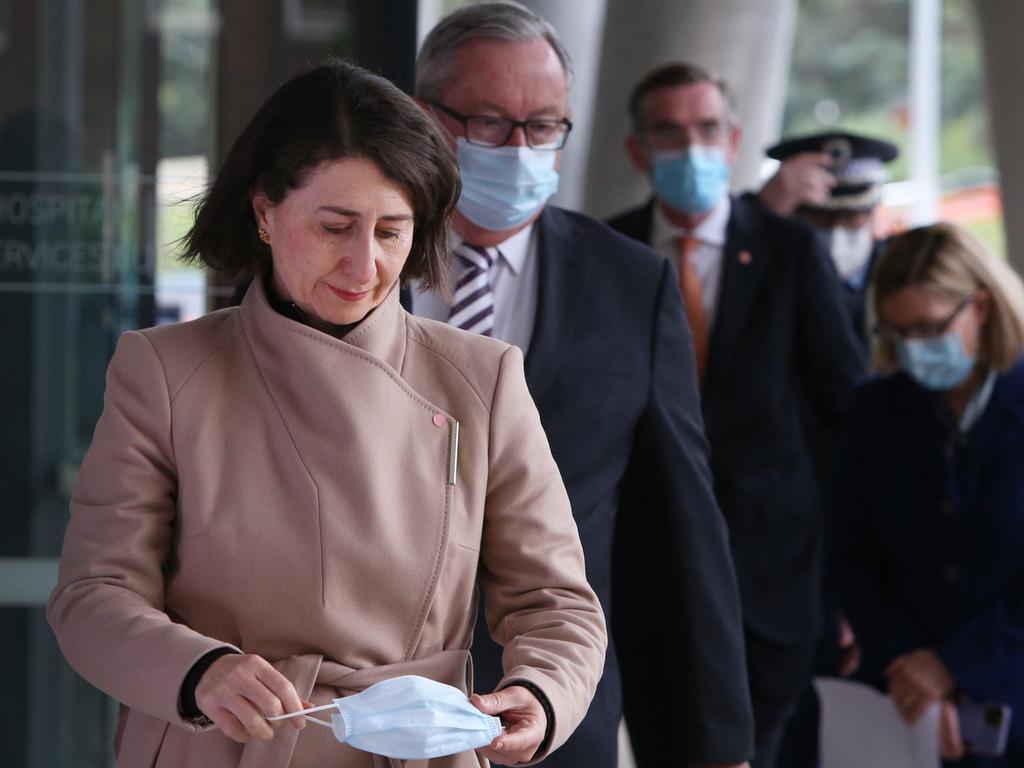New York, the city that never sleeps, emerges from its pandemic coma
New York is back, albeit a bit more dangerous, fearful and unequal.

It was standing room only at the Rockwood Music Hall, an iconic venue for up-and-coming bands at Manhattan’s Lower East Side, which had been shut every day from March last year to June.
“This is our first time playing back here since the pandemic; we’re thrilled,” singer-guitarist Carter King told Inquirer after a 90-minute display of psychedelic indie country.
Even torrential rain and a muggy 32C night couldn’t keep the crowds away.
Almost a month after New York City formally ended Covid restrictions, the city that never sleeps has emerged from its coma, albeit a little more dangerous, fearful and unequal.
Central Park is teeming with life, an oasis of calm once again away from the heaving masses and wailing sirens of mid-town Manhattan.
A black busker with a trombone blasts out some jazz on the corner of 42nd Street as a bus grunts and hisses its way up Fifth Avenue emblazoned with a giant advertisement: Rooftop Kisses are Back, New York.
Long-term resident John Berry, US ambassador to Australia under president Barack Obama, recounts his walks across the Brooklyn Bridge when there wasn’t a car or person in sight on the six-lane FDR Drive that hugs Manhattan’s east side. “You could fire a cannon in Times Square and not hit anyone. Now it’s bumper to bumper, rush hour is back,” he declares from his Broadway offices, just off Wall Street.
“You didn’t need a reservation during Covid, they’d be on their knees to get you in, but now from Chinatown, Little Italy and SoHo all the way up through Greenwich Village you fight for tables, it’s jammed.”

For the visitor, at least, masked pedestrians, plexiglas partitions, Covid testing sites and the chance to ride the subway with an entire car to yourself are the chief reminders of the worst pandemic in generations. Hotels still won’t service your room (“Covid protocols, sir”). But it’s a world away from last year, when the biggest city in the US, in some ways the cultural capital of the Western world, effectively was shut down for the first time in its history.
Mitch Fifield, Australia’s ambassador to the UN, who has lived in New York since October 2019, says the city “resembled a scene from the post-apocalyptic Will Smith film I Am Legend, except without the zombies”.
For about four or five months, at 7pm every night, people would bang pots and pans to say thank you to emergency service workers. “You could hear the din throughout the city,” Fifield says.
MORE: Adam Creighton is Our Man in America
After northern Italy, New York suffered most in the first wave of the virus. By early April last year more than 1000 people were dying each day of or with Covid-19. The USNS Comfort medical ship docked on the Hudson River to help an overwhelmed hospital system. Temporary field hospitals in Central Park and the Javits Convention Centre were cobbled together, treating more than 1300 patients all up.
“It was scary, people were dying so fast in the hospital nearby they had trailer outside where they were putting the bodies,” says Berry, who became president of the American Australian Association after leaving Canberra. “The ambulance wailing got to be so constant it became background noise; it was intense, but life has to go on.”
New York City, the biggest and most international of America’s cities, was a ripe target for the highly infectious virus, which likely had penetrated the city’s densely populated communities long before the first official case was detected on March 1 last year.
Sixteen months later more than 33,400 New Yorkers have died, more than double London’s toll.
Even now, around five people still die from Covid-19 every day; and every second New Yorker seems to have had it.

Former NSW premier Nick Greiner, Australia’s new consul-general, hosted Australian students, businesspeople and financiers at Companies House on Madison Avenue last Thursday, the first in-person consular event in almost 18 months.
“Arriving here five months ago I think I just about picked the inflection point of New York coming back,” he jokes.
“It’s a privilege to be an Australian in New York, a place I suspect we all think in our own way is sort of the centre of the world,” he adds, fondly recalling a stint in the city in 1969 to catch a Bob Dylan concert.
More than 100 guests, who braved flash flooding, mulled over the difficulty of getting a table at restaurants, the joys or not of returning to the office, and the pent-up demand among New Yorkers to get out and about again.
“Two things you don’t bet against: the US economy and New York City,” says James Boland, founder and president of non-profit organisation The Australian Community, who has lived in the city for 25 years.
The US economy is roaring back, greased by trillions of dollars of stimulus payments sloshing through Americans’ bank accounts.
But for many New Yorkers, especially the poor, the pain of the pandemic lingers. The city’s unemployment rate is 10.6 per cent, still almost triple the 3.7 per cent level of February last year. The homeless population has swollen. Infection rates are increasing, despite most of the city being vaccinated.
For actors, artists and musicians, it has been especially disastrous because venues weren’t economically viable with even limited social distancing restrictions. “We were chilling for the first few months, thinking: what’s our back-up job?” says Futurebirds’ King. “Then we started doing Covid-friendly backyard parties; so we were a good deal more busy than the average band.”
Hospitality venues, at least, were allowed to expand on to the pavement and the first lane of traffic, a change that looks permanent. “Dining has become a little more Australian, a little more Parisian,” Fifield says.
Despite almost 450,000 unemployed workers, businesses are struggling to find staff. “You can’t get people to work because they are getting paid more to be unemployed,” says Ana Ivkosic, who founded the Manhattan Wattle Cafe chain in early 2017
Shweta Khare, a former BCG consultant from Melbourne, now owner of Gertrude cafe in the Upper West Side, was making the coffee herself after her barista called in sick and she couldn’t find a replacement.

“It’s not just the federal payments that make it hard to get staff; in New York many of the musicians and artists, who did barista work on the side, left,” she explains.
Until September 5, the Biden administration is topping up state unemployment benefit by $US300 ($403) a week, almost doubling the weekly payment for most recipients.
“But the biggest thing that’s not normal is everything is expensive and hard to get,” Ivkosic says, pointing out her paper supplies – serviettes, containers – recently had doubled in price.
Inflation has become a growing concern in the US, where consumer prices rose 5.4 per cent across the 12 months to June, the biggest annual increase in 13 years, compounding an already painfully expensive city. Want a strawberry smoothie on Fifth Avenue? That will be $US14.47. A 3.5km Uber ride? That’s $US31.
It’s more dangerous, too. New York crime had fallen dramatically since the 1990s, when more than 2000 murders and 120,000 burglaries occurred every year.
But since last summer, in common with the rest of the US, crime has soared. New York shootings were up 97 per cent to 1531 last year, compared with 2019, while murders rose 44 per cent to 462 and burglaries jumped 44 per cent to 15,463, according to official statistics.
The murder of George Floyd by a Minneapolis police officer last year fuelled a politically powerful “defund the police” movement that has made crime only worse, undermining the resourcing if not the confidence of police. New York Mayor Bill de Blasio stripped $US1bn in funding, around one-sixth of the total, from the New York Police Department last year. So far 213 people have been murdered this year, 11 per cent higher than the corresponding period last year.
Sending recovered Covid-19 patients back into New York City nursing homes, killing thousands, wasn’t the only policy debacle last year. Authorities moved the city’s homeless from designated shelters, where they had received treatment, into the unoccupied hotels scattered throughout the city to reduce transmission of Covid-19.
“They said they’ll provide the same mental health services but they didn’t, so now you have a lot of people out on the streets during the day who haven’t taken their meds,” Berry says.
“And of course organised crime, being smart, came in and so they have got them readdicted.”
It’s little surprise that Eric Adams, a black former police officer of 22 years, clinched the Democratic nomination for the New York mayoral race last week by making public safety the centrepiece of his campaign.
New York’s full renaissance will have to wait until September when Broadway returns, kicking off with favourites Hamilton and The Lion King, followed by Phantom of the Opera a few weeks later. And office workers who have been working from home throughout the pandemic will return to the office in droves by Labor Day, September 6.
“My suspicion is that it (WFH) won’t last too long beyond September,” says Berry, noting around half of New York’s office space is still vacant, defying the return to normal life so evident on the streets below.

Chief executives of two of the most powerful banks in New York, Morgan Stanley, led by Australian James Gorman, and Goldman Sachs, have already started insisting staff return to work.
Khare says she believes the appeal of working in a city as dynamic New York will be inducement enough.
“Even if the pandemic continues in our lives for the next five-odd years, we’re already seeing people return to the city in all different categories, I don’t see that turning around,” she says.
“Whether it’s New York, Paris or London, they have had so many upheavals over the centuries and people always come back.” The property market suggests she’s right. The elites who fled Manhattan lockdown to more spacious retreats in upstate New York or Long Island are returning. Citywide, rents jumped 9 per cent in May to a median of $US3037 a month, albeit still around $US500 a month short of the pre-pandemic high.
Even though restrictions have gone, some businesses worry an autumn outbreak of a new variant of Covid-19 will bring the return of tough rules. A precedent has been set.
“That’s what scares me the most; they haven’t taken them off the table,” says Eli Klein, who manages his own gallery specialising in Chinese contemporary art on the Lower West Side.
“If it gets to the point where I’m dealing with arbitrary business closures, travel bans and forced masking for the foreseeable future, then I’ll have to consider moving to Miami.”
Klein, a born and raised New Yorker and “lifelong Democrat”, is scathing about the city’s response to Covid-19, which he says did little to slow the spread of the virus, increased wealth inequality and shifted the burden of disease from rich white neighbourhoods to poorer black and Hispanic ones.
“I’m appalled that more New Yorkers aren’t more appalled, they’ve really bought into this,” he says, pointing to the solid core of people still wearing masks outside, even on another oppressively hot New York summer day.
Around a quarter of people still wear masks, even outside. Double masking is common, and some people are afraid to get into a lift with you. The biggest legacy of Covid-19 may turn out to be psychological scarring.
That won’t matter at least to visitors, whose appetite to visit and move to New York shows little diminution.
Josh Pugh, founder of America Josh, a business that helps Australians migrate to the US, says interest in moving to New York has exploded recently.
“We are now seeing around five to six times as many inquiries (in moving to the US) compared to what we had pre-Covid,” he tells Inquirer.
It could be a year still before Australians can visit New York again, when masks and partitions no longer add to the difficulty of being understood.
By then, they’ll find a city just as fabulous, diverse and maybe even more appealing if lockdowns and border closures are still part of Australian life.






“This is the best Tuesday night in 1½ years,” Daniel Womack, one of the lead singers of Futurebirds, yelled into the microphone to a packed house of rapt 20-somethings in New York last week.